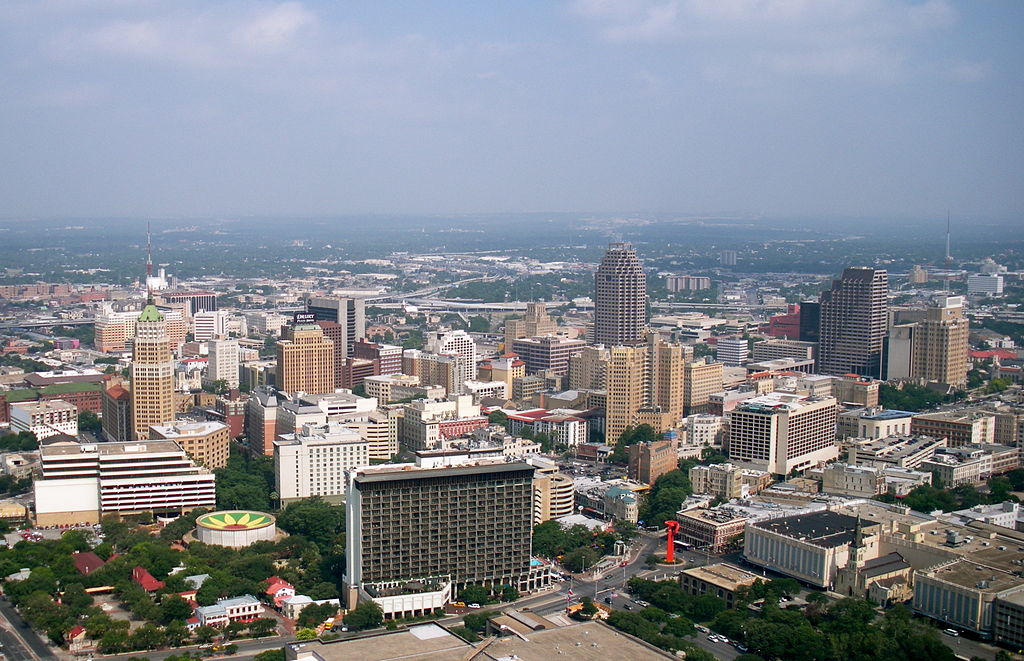NASA is planning its first crewed test flight of an all-electric plane, the X-57 Maxwell test aircraft, in the next few months as interest in electric aircraft grows.

The first crewed flight of NASA's plane will take place at the agency's Armstrong Flight Center, part of Edwards Air Force Base in Southern California. NASA is currently aiming for May for the flight, Tim Williams, NASA research test pilot, told UPI in an interview.
Williams plans to fly the plane, a modified Italian-made plane known as a Tecnam P2006T, in the first test of its all-electric propulsion system, he said.
The use of a modified Tecnam, a proven flight vehicle, means he doesn't have to "worry about wearing a parachute, but I'll be worried about plenty of other things," Williams said.
"The first thing that you have to worry about is electric motors, and how to get power out to them throughout the flight, and ... you're going to have electro-magnetic interference that is potentially an issue," Williams said.
Electric aircraft already exist, but they are mostly for very short trips or for research in uncrewed flights, Williams noted. He said NASA hopes to eventually show that electric planes can fly hundred of miles.
The test in May will use two large electric cruise motors with propellers. Later, NASA intends to outfit the plane with 18 propellers. Distance and duration of the first flight has yet to be determined, a NASA spokeswoman said.
The X-57 initially will have a range of approximately 100 miles and a cruise speed of 170 miles, which puts it in the air for about 40 minutes, according to NASA.
The test program's goals are to prove the X-57's electric motors, made by Joby Aviation, are reliable during vibrations and dynamics of flight and that the batteries can run at about 70 percent of their maximum output for hours if needed, Williams said.
Joby is currently developing and testing all-electric vertical takeoff aircraft that could be used in dense urban areas where horizontal takeoff on a runway is difficult.
Researchers at the Florida Institute of Technology are already testing an all-electric plane, a Velis Electro made by Slovenia-based Pipistrel Aircraft, for short distances with two people aboard, associate professor Brian Kish told UPI in an interview.
"We can only fly for about 20 minutes up to about 85 mph, so this is not a viable plane for transport yet," said Kish, who chairs the institute's flight test engineering program. "But we are testing the user experience of an electric plane."
The school bought the plane last year for about $200,000 and has an FAA grant of $85,000 for the test program, he said.
"One thing that I learned in the last six months about operating an electric airplane is how important the cooling of the batteries is," Kish said. "The plane was only practical after Pipistrel got the liquid cooling system right and the battery management system."
Another researcher watching NASA's X-57 test program is Richard "Pat" Anderson, professor of aerospace engineering at Embry-Riddle Aeronautical University in Florida.
Anderson has co-founded an aviation startup company, VerdeGo Aero, with Erik Lindbergh, grandson of famed aviator Charles Lindbergh.
"In terms of all-electric aircraft, anything bigger than about a two-seater is impossible with any sort of range and payload," Anderson told UPI in an interview
He said NASA research is valuable to test the limits of such all-electric propulsion, but he believes a hybrid system that also uses liquid propellant, or some form of jet fuel, will be ideal.
